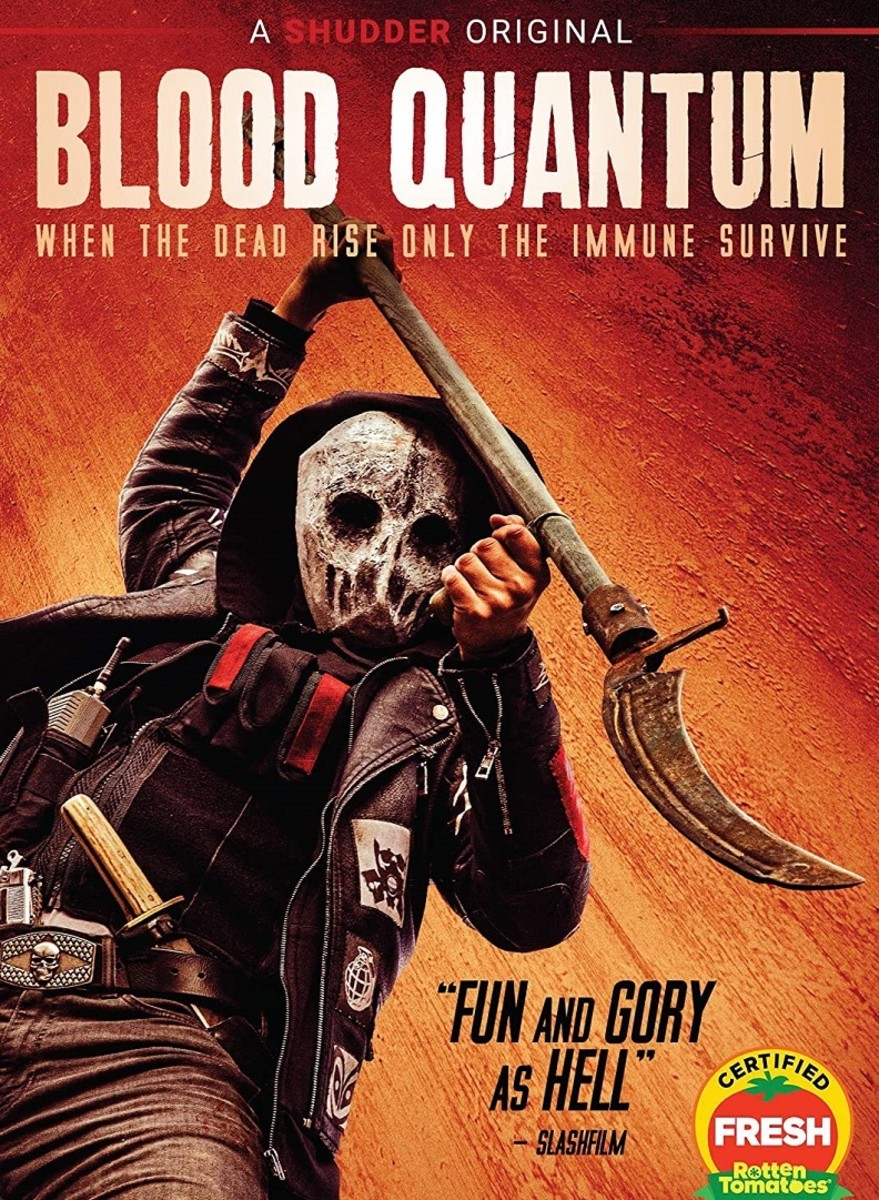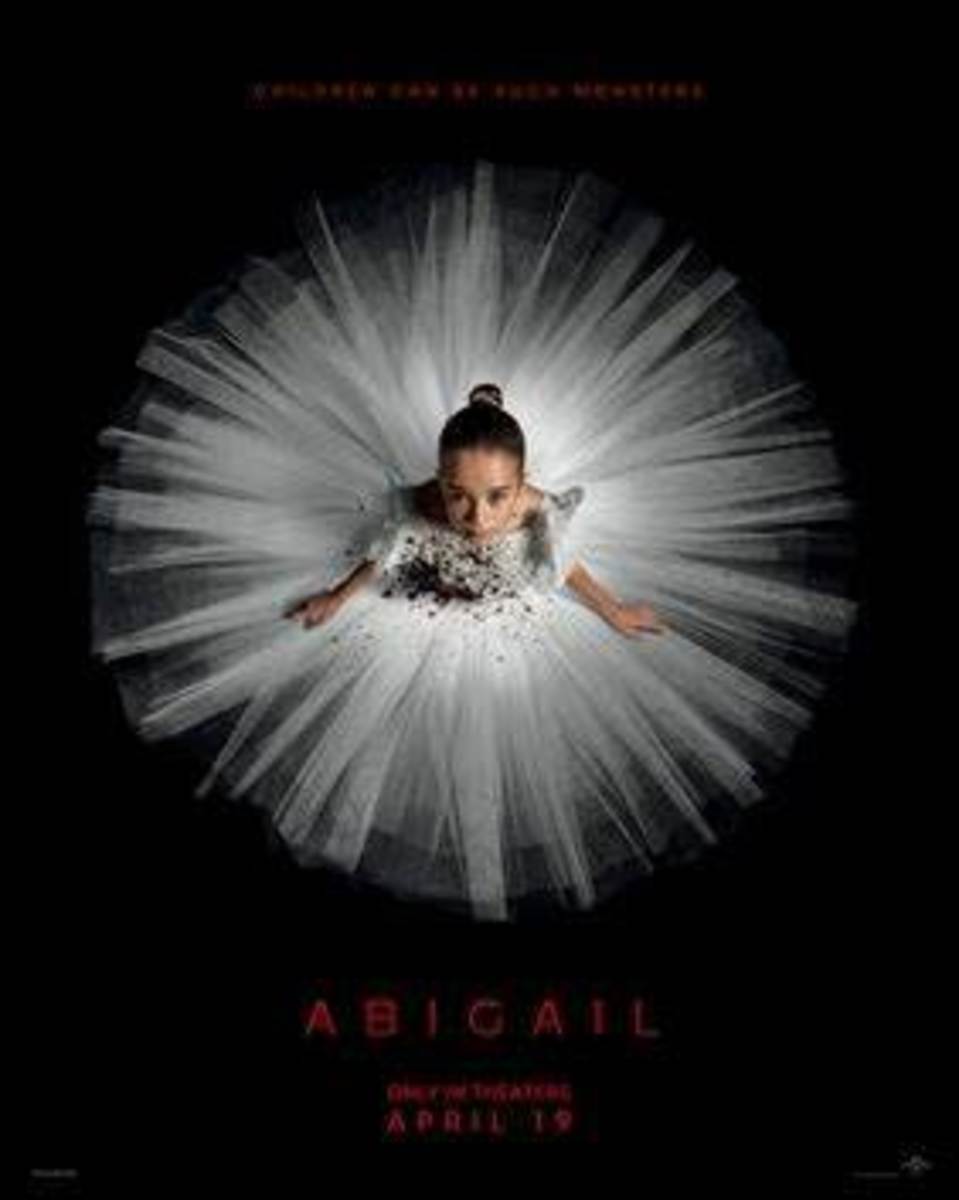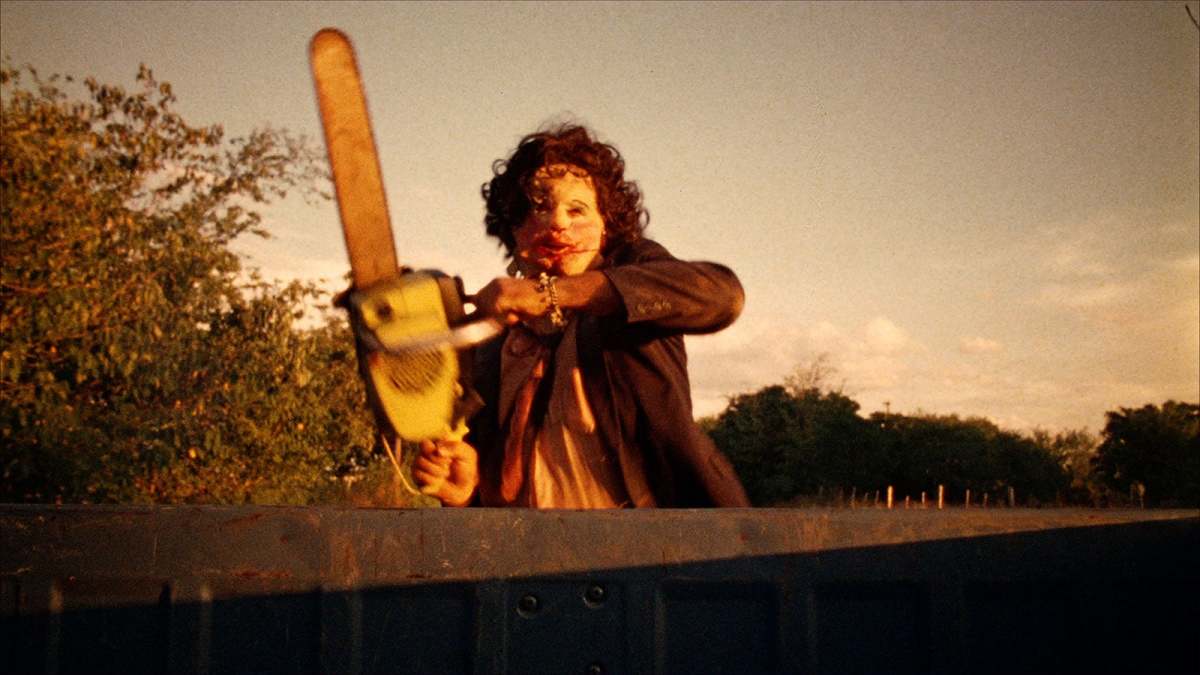The Ten Best Vampire Films
In the last few years vampires have been the focus of a lot of scrutiny in popular media, in no small part to the popularity of the Twilight novels and their film adaptations. But where the Twilight stories are poorly written, the films are even more notable for their almost painfully terrible acting, poor pacing, and cinematic clumsiness.
Stephanie Myers’ series added little to the vampire mythos, and are better left forgotten. The following films, however, are each in their own ways excellently conceived and stunningly realized works of visual and narrative art.
In no particular order:
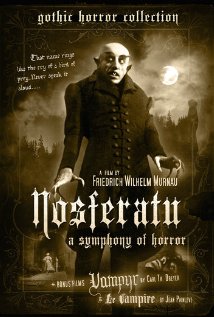
Nosferatu
A staple on any list of vampire films, Nosferatu is the masterwork of F.W. Murnau, a famous German expressionist film director. The story was adapted loosely from Bram Stoker’s novel Dracula after Stoker’s wife refused to sell the film adaptation rights, and follows closely to the Dracula story. The main difference is the Count himself. In Murnau’s version, the vampire in question is not a suave, charming Bela Lugosi, but a pale, corpse-like man named Count Orlok. Nosferatu is a film where the proportions of buildings on the set are eerily disorienting, ever adding to a sense of unease which culminates every time the rodent-faced, spider-fingered Count appears on-screen.
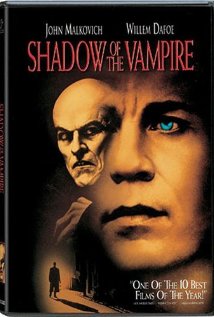
Shadow of the Vampire
A film about the making of a film, Shadow of the Vampire is about the filming of Nosferatu. In this version, Willem Dafoe plays Max Schreck. Except, in Shadow of the Vampire, Schreck is not an actor. He is an actual vampire.
While nowhere near as atmospheric as Nosferatu, Shadow of the Vampire does frequently reference the original, especially in terms of set design. Where it really stands out though is in the acting, and the black comedy. Dafoe is brilliantly absurd as Schreck, and John Malkovich as Murnau the director is perversely funny in his obsession to complete the film. He does not care that his crew members are attacked because he cares for their well being his only concern is that their incapacitation impedes filming. The real impact of the film derives from the interplay between the two characters, and their on-screen interactions are excellently performed.
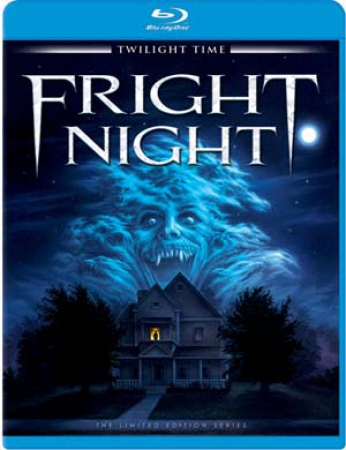
Fright Night (1985)
Much better than the 2011 remake, the original Fright Night is a fun film which pays homage to many of the cult horror films that came before it. The casting is great, and the movie had some great special effects for the time. While some of these effects haven’t aged particularly well, they are still quite effective and would have been great when the film first came out in 1985. The film does have a sort of black humor, and that’s where its true strength lies, as moments that are frightening quickly turn comic, and then back again just as quickly.
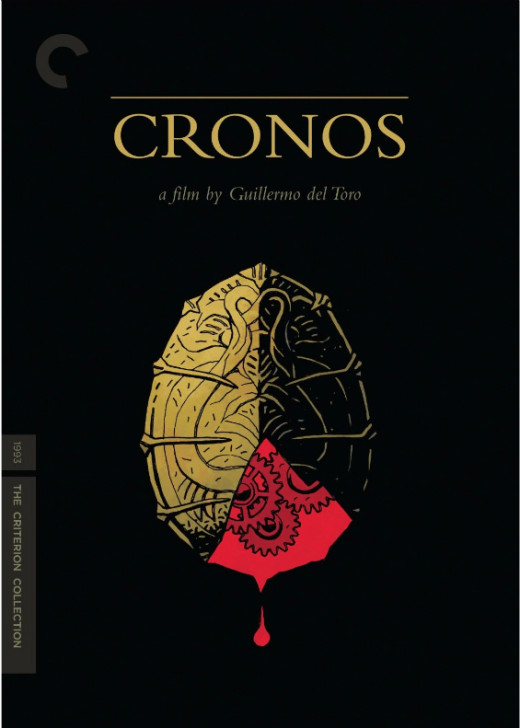
Cronos
Guillermo del Toro’s vampire film (now a part of the Criterion Collection) is a touching story about the relationship between an elderly gentleman who deals in antiques, and his granddaughter. This in itself does not seem like the typical set-up for a vampire film. However, all that changes when the grandfather finds a centuries-old artifact created by an alchemist; an artifact which bestows eternal life upon its owner, at the cost of a thirst for blood. Besides the aforementioned relationship, the main draw for Cronos is, like most of del Toro’s films, the stunning visual work. The symbolism between the beetle artifact and the grandfather’s own molting metamorphosis recalls Kafka’s own tale while refuting the sense of spiraling resignation which is so prevalent in The Metamorphosis. Definitely worth a watch.
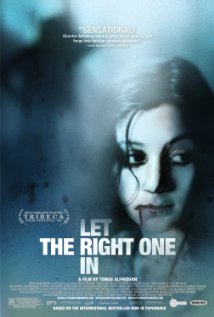
Let the Right One In
Although the American adaptation of Let the Right One In, cleverly entitled Let Me In, was not a terrible film, it was entirely unnecessary. Let the Right One In, a Swedish vampire film, is about the relationship between an alienated young boy and an unusual and withdrawn young girl who moves into his apartment complex. While not immediately evident as a vampire story, the film is consistently eerie, and a number of scenes throughout are unsettling to say the least. The implications that the film postulates about the nature of love are unusual to say the least, but the strength of the film centers around this notion. Finally, while there is little blood and violence in this film – the usual staples of most vampire stories – the film’s climax is sudden, arresting, and highly evocative. Even if you don’t like foreign films, or reading subtitles, I implore you to check this one out.
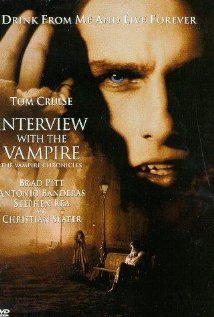
Interview with the Vampire
Much has been said about Anne Rice and the effect that she has had on vampire mythos. Her novels romanticize the undead, and occasionally slip into some uncomfortable areas, especially in regards to children. The film tones down some of these unsettling themes while catering to Rice’s other strength: the humanization of the vampire. While not the first to do so, she is probably the one who can be credited with the eventual birth of stories like Twilight.
Unlike Meyers’ work, Rice’s stories are still violent, with fairly deep reflections on the nature of death and the unfortunate effects of immortality. The film does a solid job of representing this. While the actors do a good job of representing their respective roles, it is occasionally impossible to ignore that it is an actor acting, rather than a character being played. Tom Cruise is Lestat, but also irrefutably Tom Cruise. Brad Pitt’s Louis is less overtly just Brad Pitt (if for no other reason than Pitt being a more versatile actor). Kirsten Dunst’s Claudia is probably the best of the bunch, as she does an excellent job as a mentally mature but physically pubescent and emotionally unstable vampire child. Like Cronos, this is a film to watch in part for the story, but also definitely for the visuals, which are stunning. The set and costume design are detailed, and the cinematography is excellent. And while the final scene is a bit hackneyed, the scene with Louis is a theatre watching the sun rise on a film strip is touching, and might just be the best scene in the film.
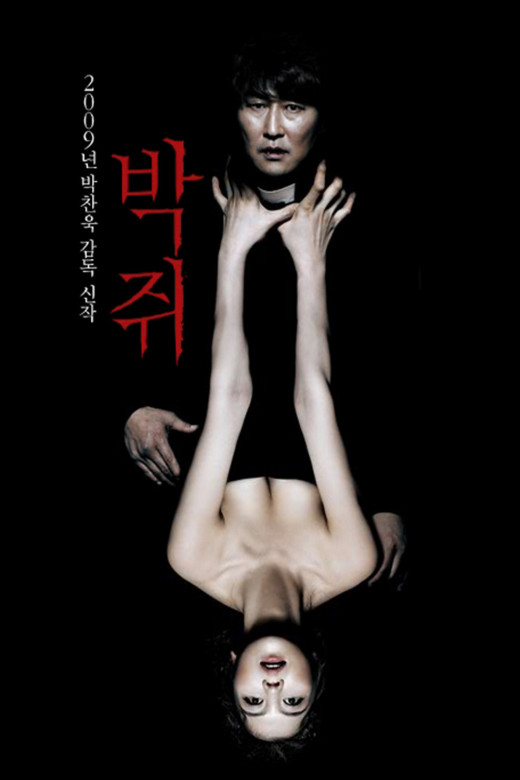
Thirst
Thirst is an unusual vampire film in that it is less about vampirism than it is about the limits of love. This South Korean film centers around a Catholic priest who volunteers to help find a cure for a fatal disease, falls ill, receives a blood transfusion, and awakes a vampire. To make matters worse, he finds that his carnal appetites have awoken as well, as he soon finds his friend’s wife irresistible. Most of the acting here is understated, which is a welcome change. Bouts of silence and immobility broken by awkward sexual interludes and spats of violence make up the first half of the film, and the ending, while not entirely satisfying, is certainly noteworthy for doing something just a little bit different.
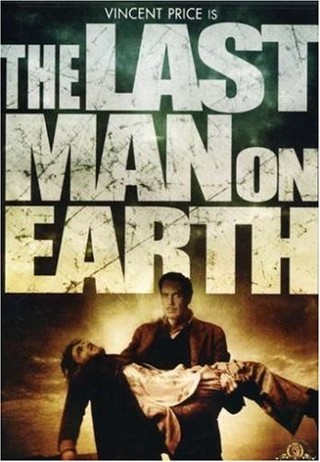
The Last Man on Earth (1964)
Richard Matheson’s dystopian novel I Am Legend has been adapted for film three times. I Am Legend was decent, though with a terrible ending, and The Omega Man has had a noteworthy effect on popular culture. But only The Last Man on Earth truly captures the depressing reality of Matheson’s novel. Starring Vincent Price in what is arguably his best role, the film bears more similarities to most zombie films than it does vampires. Here, the vampires are sluggish and plodding, though the effect of the film’s virus is unequivocally vampiric in nature. The real draw for this film is Price: in essence, he is the only real character in the film. It is a character piece, and a treatise on human madness and antipathy: while Price’s character searches for a cure, he disregards his own humanity.
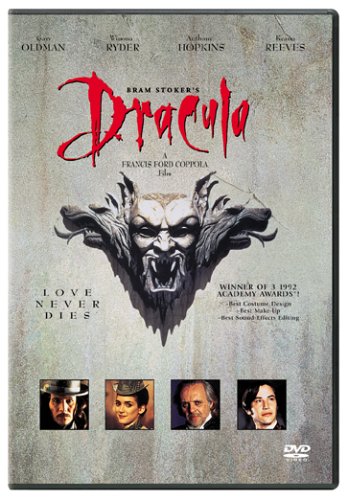
Bram Stoker’s Dracula
One of the more visually stunning takes on Stoker’s tale, Bram Stoker’s Dracula has some of the best and worst casting in the history of the novel’s adaptation. Gary Oldman as Dracula is genius, and it is evident from the beginning that he is truly having fun with the role. Anthony Hopkins, playing Dracula’s adversary, Dr. VanHelsing, is equally excellent. However, the casting of Jonathan and Mina Harker, by Keanu Reeves and Winona Ryder, respectively, are abysmally bad. Neither can do a passable English accent, and Reeves’s voice in particular occasionally edges back to his role as Theodore Logan from Bill and Ted’s Excellent Adventure. Honorable mentions go to Tom Waits as Renfield, who manages to pull of the madman’s role with a certain level of gravitas, without coming off as completely absurd.
Nevertheless, the film is still very well put together; the pacing is good, the set and costume design is beautiful, and the romanticization of the Dracula myth is done very well. This film is definitely worth a watch, even for people who are not fans of vampire movies. Be prepared for a visual feast.
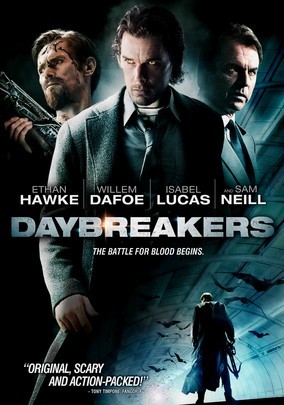
Daybreakers
Why is it that the plot of so many bad vampire films has the head vampire proclaiming that he plans to turn the whole world into vampires? From a purely logistical point of view, if everyone is a vampire, then there are no humans. If there are no humans, then what, exactly, will vampires eat? That is the premise of Daybreakers, an excellent science fiction film where vampires now outnumber humans, and the vampires in charge of their highly bureaucratic society realize that soon, their sole source of food will become completely depleted. While not the greatest vampire film ever created, Daybreakers is a much-needed breath of fresh air in a fairly stagnant genre, and addresses one of the complaints that many vampire buffs have had for decades.
As an added bonus, the casting is superb, with Willem Dafoe’s character leading a small underground human resistance, opposite Sam Neil, who plays the head of a vampire bureaucracy. The special effects are fairly sparse, and most of the vampires’ unearthly appearances are a result of excellent lighting and some basic practical effects.
Conclusion
This was a difficult list to make, and many films did not make the cut for any number of reasons. Neither Bela Lugosi nor Christopher Lee appear on the list simply because their films, while influential, do not have the same resonance now that they did when they were first released. The films on this list have each done something new and interesting with the vampire myth that will hopefully make them just as influential in the years to come.
Disagree? Is your favorite vampire film not on the list? Let us know in the comments!


![Cronos (The Criterion Collection) [Blu-ray]](https://m.media-amazon.com/images/I/418nJj2+08L._SL160_.jpg)

